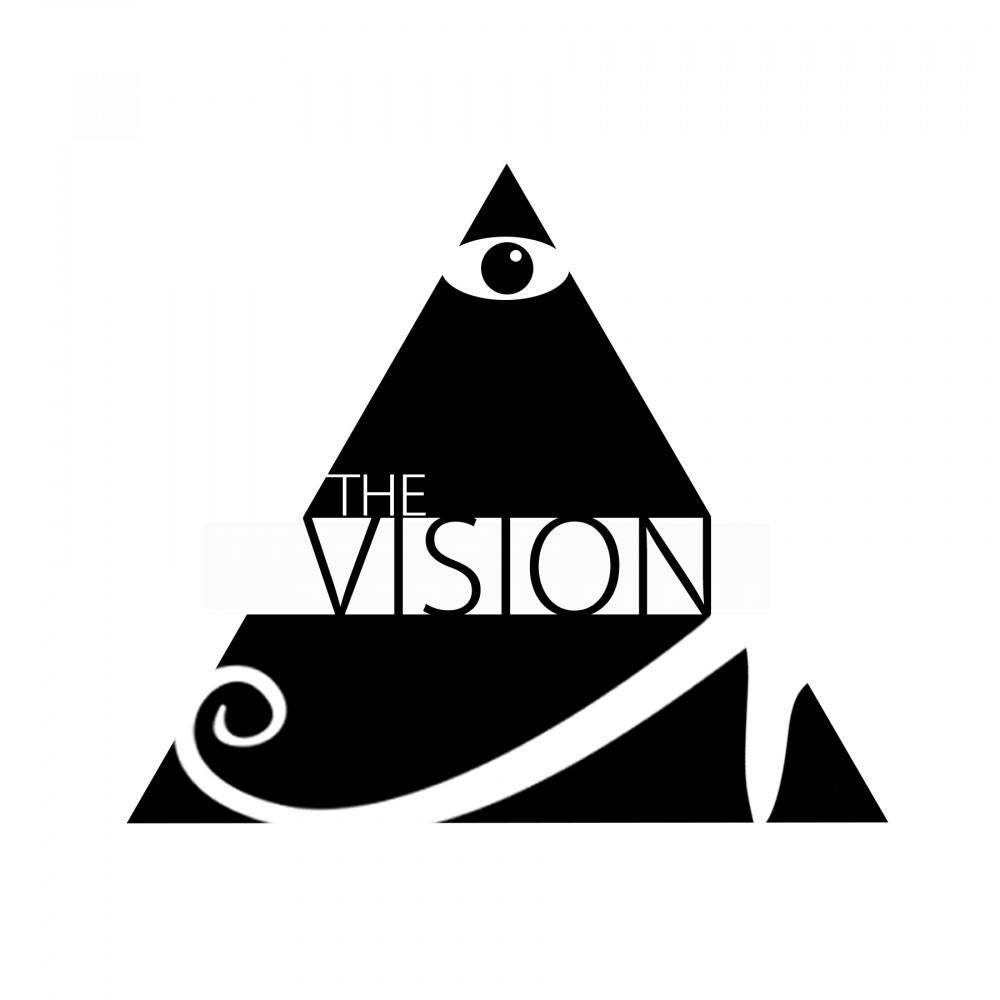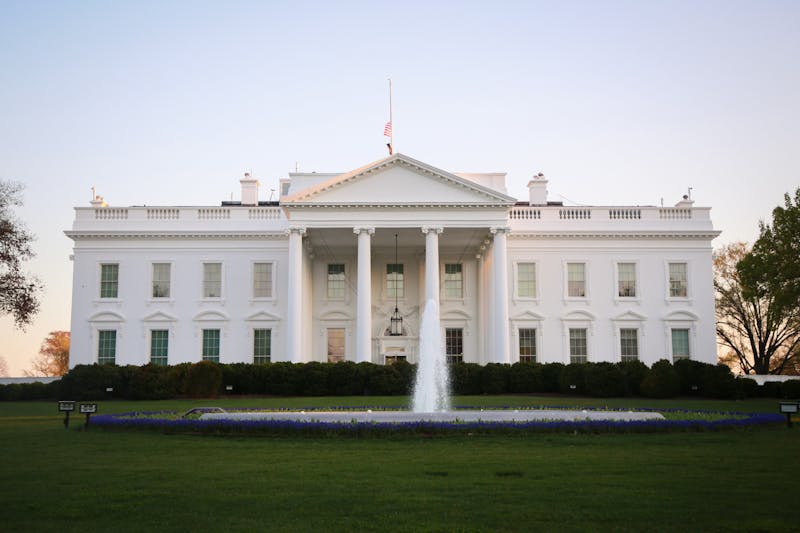On April 2, 147 Kenyans were massacred at Garissa University College. Shortly thereafter, a slew of pictures documenting the deaths of the men, women and students murdered at the university showered the internet. These images from the scene of the murder were beyond graphic — depicting dozens of slain bodies, piled one on top of the other, lying in their own blood. Yet, these images depicting unedited black death are not novel, particularly when they are produced by our media outlets today.
This has been the case for numerous murders that have occurred over the past few weeks and even months. Video footage of black men, women and children, such as Walter Scott, Eric Garner and Tamir Rice, have gone viral. The footage of their brutal murders and their helpless bodies thereafter have been mercilessly shared and viewed thousands of times on social media websites and on local and national news stations. So why does this matter, and what’s the problem?
In some respects, the documentation of these deaths is crucial for black survival and to black testimony. After the lynching of 14-year-old Emmett Till in 1955, his mother requested that his funeral be held with an open casket. The image of his beaten and mutilated body spread nationally through black news publications. The exposure of his death displayed the savagery of white terrorism against black communities and brought support from allies.
Yet, the spectacle made from these tragedies does not happen to overwhelmingly white communities. There were no images spread internationally that documented the murders that occurred at Charlie Hebdo. Likewise, there were no images that were proliferated on the internet preceding the mass murder in Aurora, Colo., nor the shooting at Sandy Hook Elementary School in Newtown, Conn. The stories alone were enough to garner national sympathy and coverage. No videos or photographs were necessary for swaths of communities to proclaim that these events were in fact tragic and that innocent men, women and children had lost their lives.
We are not suggesting that the aforementioned events necessitated documentation. What we are insinuating, however, is that our local and national media outlets actively protected the families of victims in these cases and made many an effort to give respect to the lives of those that were murdered. The same regard is not given in cases when the victims are black. In stark contrast, the death of black people has become an edible spectacle, one that is watched and rewatched solely for entertainment purposes.
Additionally, these images of black death, in their accessibility, do not generate sympathy from the communities that deny those black lives innocence. It seems that the only way to gain recognition for our deaths is when it can be proven on camera. Even still, there are those who attempt mindbending explanations to shift the blame on the victim. The media does not hesitate to uncover irrelevant information to dehumanize those slain. Even in film and even in death, black people remain on trial for our fictionalized criminality.
Those who are quick to declare that “all lives matter” cannot deny the verity of the fact that our nation consistently dehumanizes our lives. As a nation with a checkered history of violence against people of color, it is not surprising that the portrayal of our death is not treated with more or even comparable reverence. This is the heavy truth we are burdened to carry each and every day, as we are ignorantly expected to attend classes, meetings and day-to-day life on this campus after suffering from the incessant images of violence that dominate our television and computer screens. This is why we protest. This is why we speak. This is why we continue to make it evident that we know that our lives matter. While our nation can proclaim that we live in an equal society on paper, the marginalized among us are repeatedly shown that this ideal is false.
As George Orwell deftly explained 70 years ago in “Animal Farm”:
“All animals are equal, but some animals are more equal than others.”
VICTORIA FORD and NIKKI HARDISON are a College and a Wharton senior, respectively, from Piedmont, S.C. and Buford, Ga. They can be reached at vicford@sas.upenn.edu and chardi@wharton.upenn.edu. “The Vision” is a column for unfiltered black voices at Penn that appears every Tuesday.
The Daily Pennsylvanian is an independent, student-run newspaper. Please consider making a donation to support the coverage that shapes the University. Your generosity ensures a future of strong journalism at Penn.
DonatePlease note All comments are eligible for publication in The Daily Pennsylvanian.








